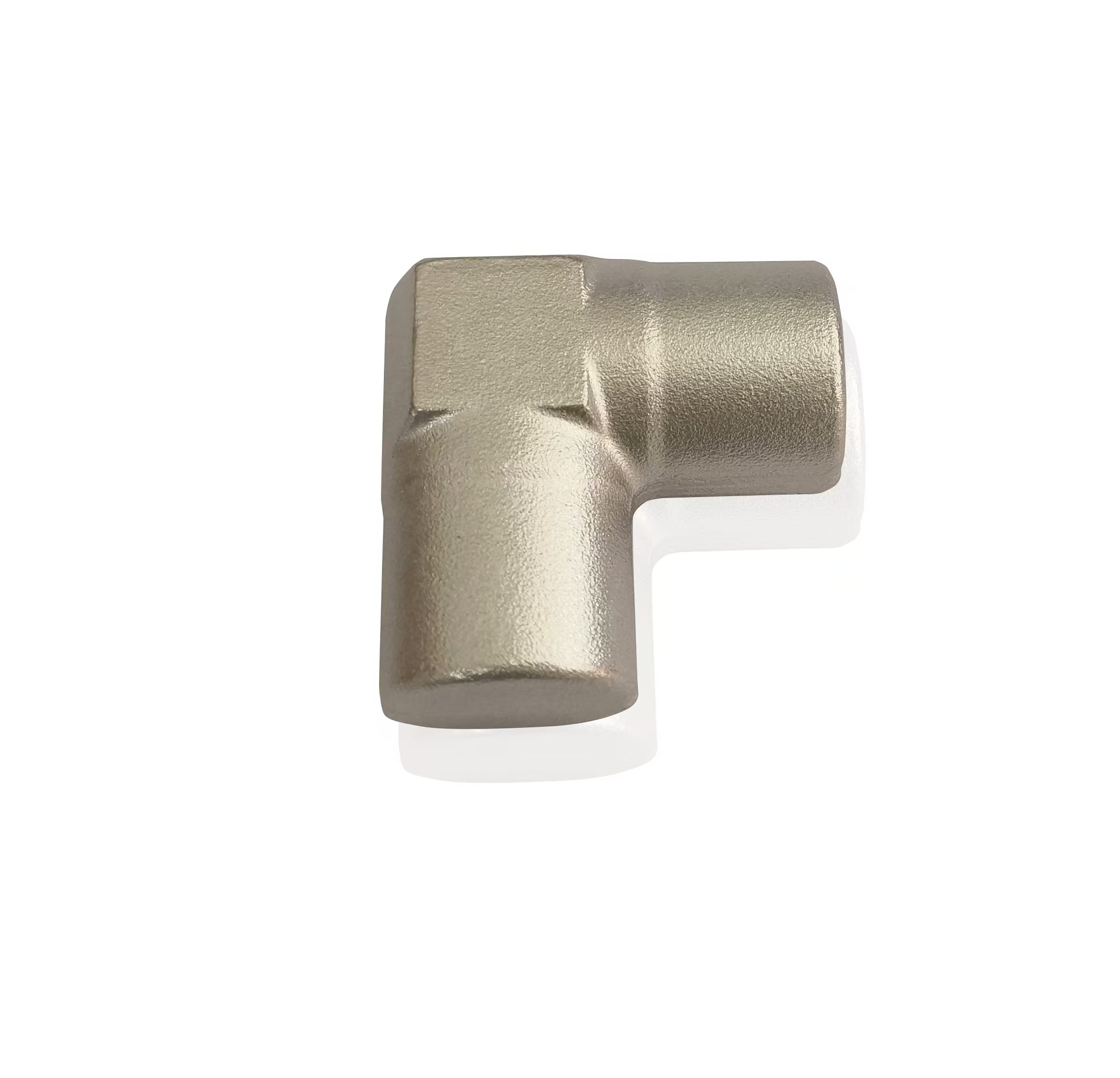The Impact of Locking Bar Dimensions on Fifth Wheel Safety and Compatibility
 2024.12.09
2024.12.09
 Industry news
Industry news
The dimensions and tolerances of a fifth wheel locking bar play a crucial role in its performance, safety, and overall compatibility with different trailer kingpins. These factors influence not only the ease of coupling and uncoupling but also the secure attachment between the tractor and the trailer, which is essential for maintaining stability and preventing accidents. When we talk about dimensions and tolerances, we are referring to the precise measurements of the locking bar itself and how well it fits around the kingpin of the trailer. A locking bar that is either too loose or too tight can have serious consequences, affecting everything from safety to operational efficiency.
The design of a fifth wheel locking bar is a delicate balance between strength, precision, and functionality. For the bar to engage properly with the kingpin, it must have exact dimensions that allow the jaws of the locking mechanism to fit snugly around the kingpin without excess play. If the bar’s tolerances are too wide, there will be movement between the locking mechanism and the kingpin, potentially leading to an insecure connection. This can result in a trailer accidentally uncoupling while in motion, a highly dangerous situation for both the driver and other road users. Conversely, if the locking bar's dimensions are too tight, it could lead to difficulty in coupling or uncoupling the trailer, increasing wear on the components and potentially causing damage to both the locking bar and the kingpin over time.

Material selection is another important consideration in the performance of the locking bar. High-strength alloy steel is commonly used to ensure the bar can withstand the immense forces generated during coupling and decoupling, as well as the dynamic loads experienced during transit. This material, when combined with precise machining and heat treatment, provides the necessary strength and durability to keep the locking bar intact under heavy use. However, even with the best material, the precision in the bar's dimensions and tolerances is critical to achieving optimal functionality. A slight deviation in measurements could affect the engagement of the locking mechanism, compromising the entire connection.
From a practical perspective, manufacturers often design locking bars with specific tolerances that ensure compatibility with a wide range of trailers and kingpins. Standardization of these dimensions allows operators to easily connect and disconnect various trailers without worrying about mismatched components. However, it’s important to recognize that not all kingpins are created equal. Different manufacturers may use slightly varied specifications for their kingpins, and this can influence how well a locking bar fits. This is why regular inspection and maintenance of the locking bar are vital to ensure that it continues to perform reliably. Over time, wear and tear can alter the dimensions of both the locking bar and the kingpin, which is why checking for any signs of loosening or misalignment is essential for safe operation.
In terms of safety, the tolerance of the locking bar is directly related to its ability to prevent accidental uncoupling during transit. A properly adjusted locking bar ensures that the kingpin remains securely fastened in place, even during rough road conditions, sharp turns, or sudden braking. A compromised locking bar—whether due to excessive wear, damage, or incorrect dimensions—could easily lead to a failure in the connection, posing serious risks to everyone on the road. Given the potential for catastrophic consequences, understanding how tolerances and dimensions impact the locking bar’s performance is essential for anyone involved in the logistics or transportation industry.
The dimensions and tolerances of the fifth wheel locking bar are integral to its safe and efficient operation. Operators must ensure that the bar is not only designed and manufactured to precise standards but also that it is regularly maintained to stay within the correct tolerances. This attention to detail ensures that the connection between the tractor and trailer remains secure, stable, and ready for the road, reducing the risk of accidents and improving the overall efficiency of transportation operations.




















